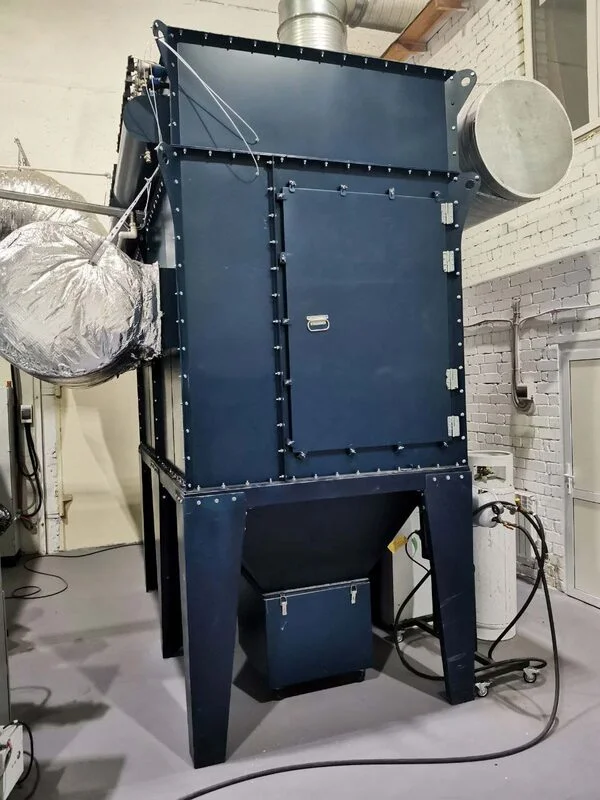Key Takeaways
- Vaping has evolved into a distinct subculture, characterized by its unique practices and communities.
- Despite perceptions of safety, vaping poses significant health risks, including respiratory and cardiovascular issues.
- Marketing strategies have contributed to the rise of vaping among youth, raising public health concerns.
- Understanding the full impact of vaping requires examining both its cultural appeal and health implications.
The Rise of Vaping Culture
In recent years, vaping has outgrown its origins as a smoking cessation aid and emerged as a full-fledged cultural movement. A diverse community—often referred to as “cloud chasers”—has been built around the practice of producing dense vapor clouds and performing elaborate tricks. Social media platforms amplify this culture, while specialized events and competitive “cloud chasing” contests create tight-knit circles of enthusiasts. With the quick ascent of vaping’s popularity, conversations around its real-world impacts have intensified. More people are asking questions, including those concerned about long-term consequences. For a closer look at the dangers and misconceptions that often surround vaping, visit https://www.undo.org/exposed/vapes-arent-safe.
Although many participants see vaping as a harmless hobby or a less harmful alternative to smoking, social dynamics have driven it into the mainstream. This shift has prompted a closer examination by health professionals and sparked broader cultural discussions about wellness, risk, and responsibility within vaping communities.
Health Risks Associated with Vaping
A growing body of research counters the notion that vaping is a safe substitute for smoking. E-cigarette aerosol contains hazardous components like nicotine, carcinogenic chemicals, ultrafine particles, and heavy metals such as lead. Inhalation of these substances can damage lung tissues, contribute to the onset of respiratory ailments, and elevate cardiovascular risks.
Alarmingly, the relatively short history of vaping means scientists are still uncovering new risks. Cases of “vaping-associated lung injury” (EVALI) and concerns over potential links to chronic bronchitis and other lung diseases continue to emerge. Unlike combustible cigarettes, the evolving formulations of e-liquids and devices make it difficult to predict or control long-term health impacts with certainty. This evolving risk landscape highlights the importance of caution for both current and prospective users.
Vaping’s Appeal to Youth
Vaping products are often marketed with vibrant and appealing flavors such as bubblegum, mango, and mint, which are designed to attract consumers. Additionally, these products are promoted using sleek, modern, and tech-inspired devices that further enhance their attractiveness. This marketing approach has become especially enticing to younger generations, including teenagers and young adults. Aggressive digital marketing tactics, including targeted ads on social media platforms and partnerships with popular influencers, significantly amplify the appeal of vaping products. These strategies contribute to the widespread adoption of vaping among teens and young adults, making it a common trend in youth culture.
According to recent data from the Centers for Disease Control and Prevention (CDC), more than 2 million middle and high school students in the United States reported having used e-cigarettes in 2023 alone. Nicotine exposure during adolescence is particularly concerning because it can interfere with critical brain development processes, potentially leading to cognitive and behavioral issues. Moreover, early nicotine use increases the risk of lifelong addiction, which is a major public health concern. To combat this youth vaping crisis, public health officials and policymakers are emphasizing the importance of educational campaigns aimed at informing young people about the dangers of vaping. They also advocate for tighter restrictions on marketing practices, especially those that target or appeal to minors, in order to reduce youth access and appeal.
Environmental Impact of Vaping
The environmental toll of vaping often escapes public scrutiny, yet it is a critical and often overlooked aspect of the industry’s overall ecological footprint. Disposable vapes, cartridges, batteries, and other components are classified as electronic waste (e-waste), and their improper disposal significantly contributes to pollution in landfills, waterways, and natural habitats. Unlike cigarette butts, which are biodegradable over long periods, vape devices contain plastics, lithium-ion batteries, and toxic chemicals—components that tend to persist in the environment and cause long-term damage to natural ecosystems.
According to a comprehensive report from EarthDay.org, billions of e-cigarette pods and disposable vaping products are discarded each year, exacerbating the global e-waste crisis. Recycling options for these products remain limited due to the complex mix of hazardous materials involved, necessitating the development of innovative recycling solutions, greater public awareness, and stricter regulations from manufacturers, policymakers, and environmental organizations to effectively address this growing problem.
Regulatory Landscape and Public Perception
Countries around the world are grappling with how best to regulate vaping. In some regions, outright bans have been implemented; others take targeted approaches, limiting flavors, advertising, and the age of sale. The United States Food and Drug Administration (FDA), for example, now requires pre-market authorization for vaping products, aiming to strike a balance between public health concerns and adult access to these products.
Public perception remains divided. Some consider vaping a modern, harmless lifestyle trend—a less risky substitute for cigarettes. Others view it as a serious and rapidly growing threat to public health, particularly due to its high uptake among youth and the uncertain risks associated with it. This divide highlights the need for science-driven policy and increased transparency from manufacturers to enable consumers to make informed choices.
Conclusion
Vaping’s journey from a niche cessation aid to a global cultural force highlights both opportunity and risk. While it may foster community and innovation, real concerns persist about its health, environmental, and societal consequences. As scientific research continues to reveal new findings, individuals and policymakers alike must prioritize evidence and caution, ensuring that personal freedom does not outweigh collective responsibility for public health and the environment.





























































Leave a Reply